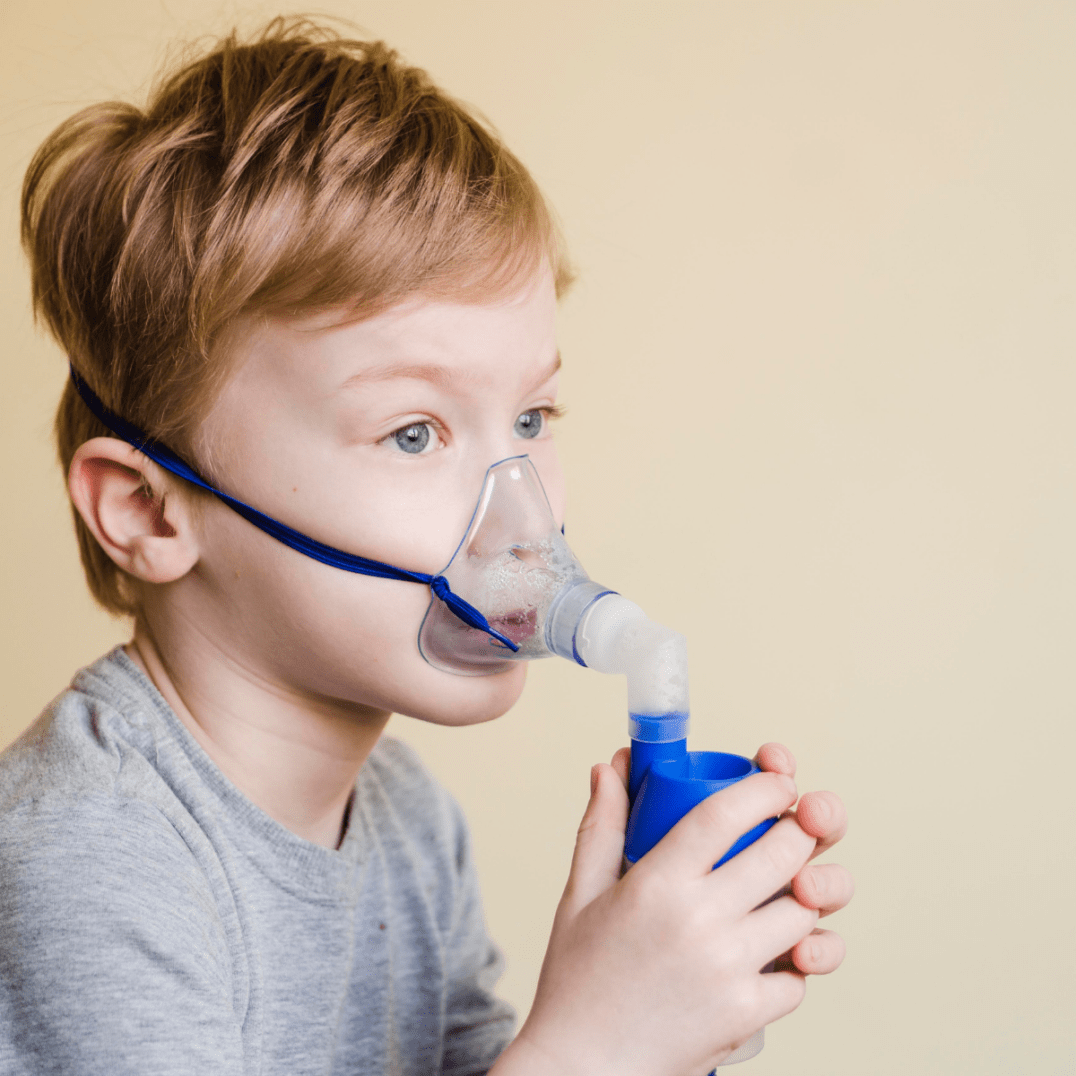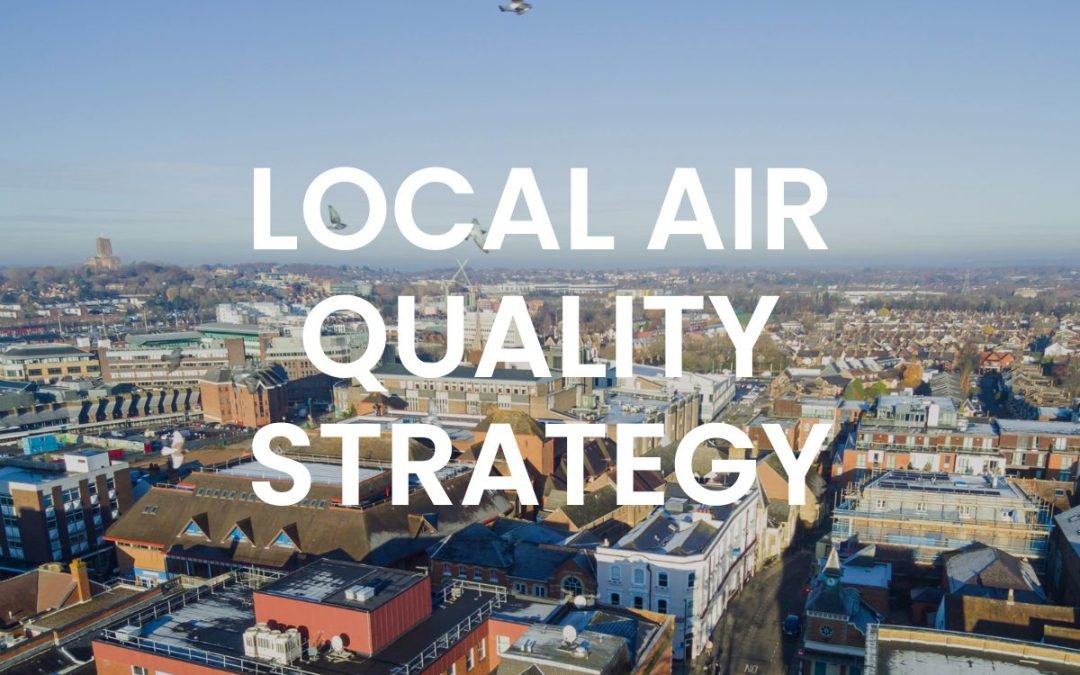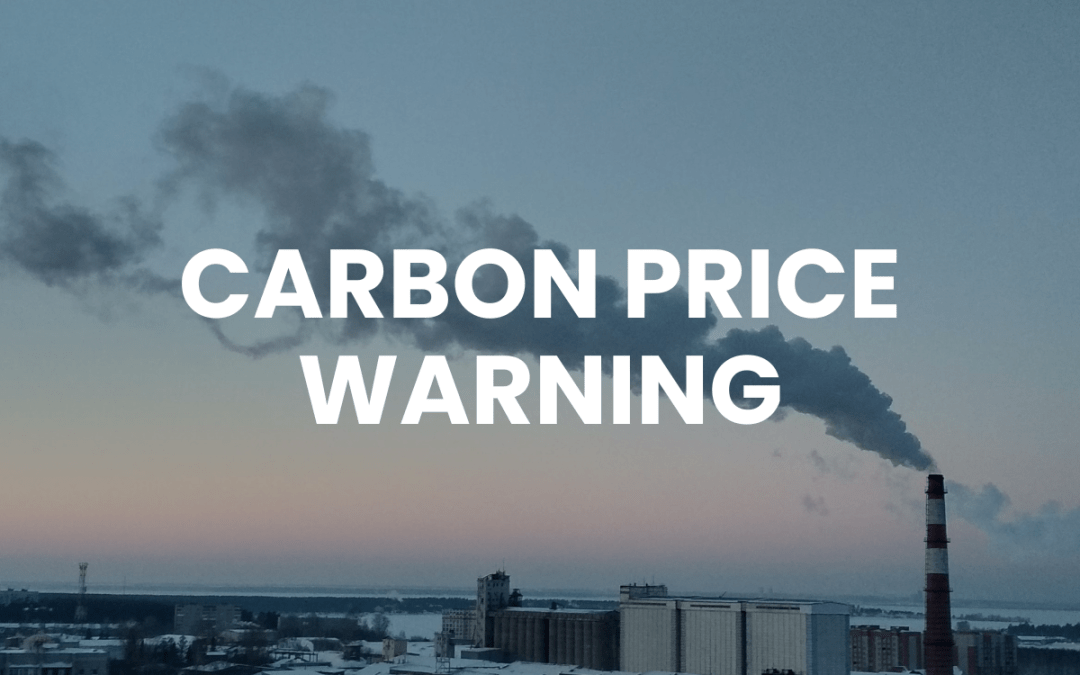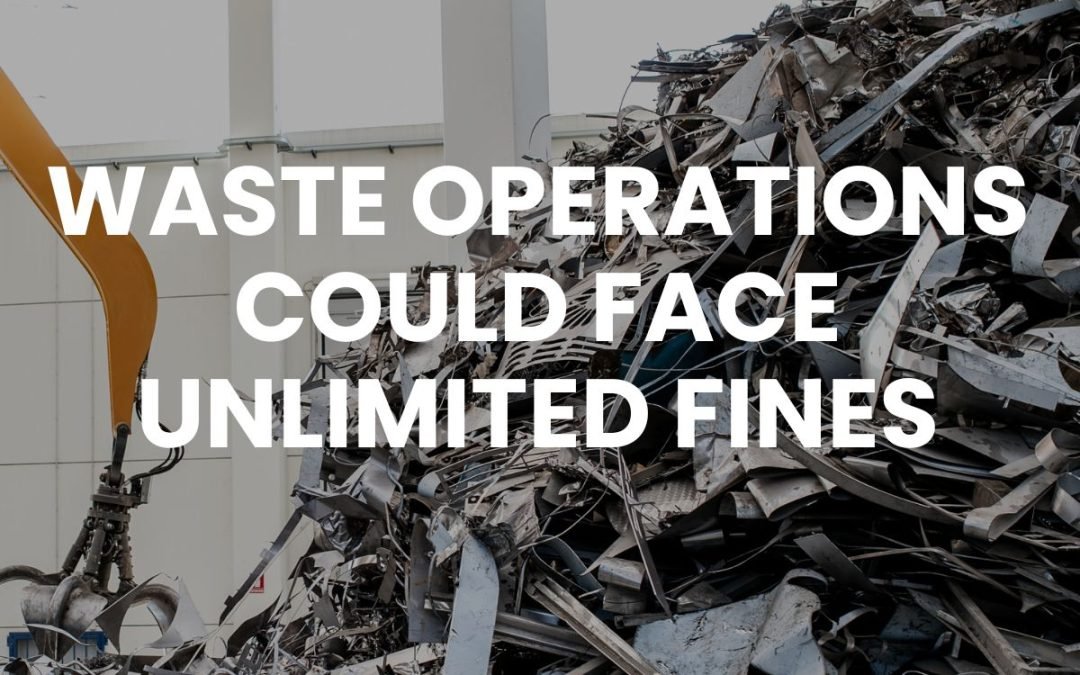To mark World Asthma Day we think it’s important to look at how air pollution is contributing to the number of Asthma sufferers, the severity of the symptoms and the death toll.
Air pollution is a very generic term, so when we study air pollution in relation to Asthma and how this can be addressed, we need to consider:
- The type of air pollution
- The sources of the pollution
- How it affects our lungs
Types of pollution

The main culprits are PM 2.5, PM10, O3, NO2, SO2 and CO. If that looks like a lot of letters and numbers that are hard to understand, don’t worry, we understand the science bit can be confusing so let us simplify this by telling you where they come from.
Sources of pollution
PM2.5 and PM10 (Particulate Matter)
Primary sources of PM are the result of complex reactions of chemicals emitted from power plants, factories and vehicles. Other activity that produces an increase in PM includes construction, the weather such as dry windy conditions, unpaved roads, farming or fires.
O3 (Ozone)
Ground level ozone is not emitted directly into the air, but is created by chemical reactions when pollutants emitted by vehicles, power plants, industrial boilers, factories and other sources chemically react in the presence of sunlight. Ozone is most likely to reach unhealthy levels on hot sunny days in urban environments.
No2 (Nitrogen Dioxide)
Nitrogen dioxide comes from vehicles, power plants, industrial emissions and off-road sources such as construction, lawn and gardening equipment. All of these sources burn fossil fuels. People who live or work near busy roadways can experience high exposures.
SO2 (Sulphur dioxide)
SO2 is emitted by the burning of fossil fuels — coal, oil, and diesel — or other materials that contain sulphur. Sources include power plants, metals processing and vehicles.
CO (Carbon Monoxide)
The greatest sources of CO in outdoor air are vehicles or machinery that burn fossil fuels. Naturally CO is also emitted from volcanoes when they erupt, from the smoke of forest fires and even from lightning!
How it affects our lungs

Research shows that high levels of air pollution can cause asthma in both children and adults.
Exposure to air pollution early in life contributes to the development of asthma throughout childhood and adolescence, even prenatal exposure to air pollution has been shown to increase the risk of wheezing and asthma development in children. Air pollution exposure, particularly traffic-related air pollution, is thought to potentially cause asthma in children by impacting the developing lung and immune system. Traffic-related air pollution can also increase the chances of developing asthma in adults as well as it contains harmful substances which can be toxic to the respiratory tract.
As you can see vehicles are named as a source for all the problematic pollutants and exposure to traffic related pollution identified as a major cause of the development and worsening of Asthma in children and adults. So what can you do to protect your children and yourself?
Some measures you might want to consider include:
- Give serious consideration to air quality when choosing your home and where possible aim to live at least 200 metres from a major road.
- Where possible, plan journeys to work and school to avoid travelling along major roads, using back roads and park pathways when available.
- Limit your time spent outdoors when air quality is poor. Check local air quality forecasts such as https://www.cleanairhub.org.uk/forecasts
- Keep your car windows closed while driving, especially if you’re stuck in traffic.
- Avoid outdoor physical activities and exercise at times when pollution levels are high – generally in the afternoon and evening or during dry and windy weather.
Further advice for what you can do to can be found on the Asthma and Lung UK website here: https://www.blf.org.uk/support-for-you/air-pollution/tips
What else can be done?
Reducing overall levels of local air pollution through public policies and introducing regulation for the organisations who own the air pollution problem could reduce the risk of developing and worsening asthma in children and adults. Initiatives to reduce community exposure should be encouraged, such as building buffers between major roadways and residential areas.
What does EMSOL do?
EMSOL works with local authorities, construction companies, retailers, logistics companies and the NHS to help them take daily proactive action on air quality to constantly reduce and improve local air quality. To find out more about how EMSOL could help your community or company contact sales@emsol.io





